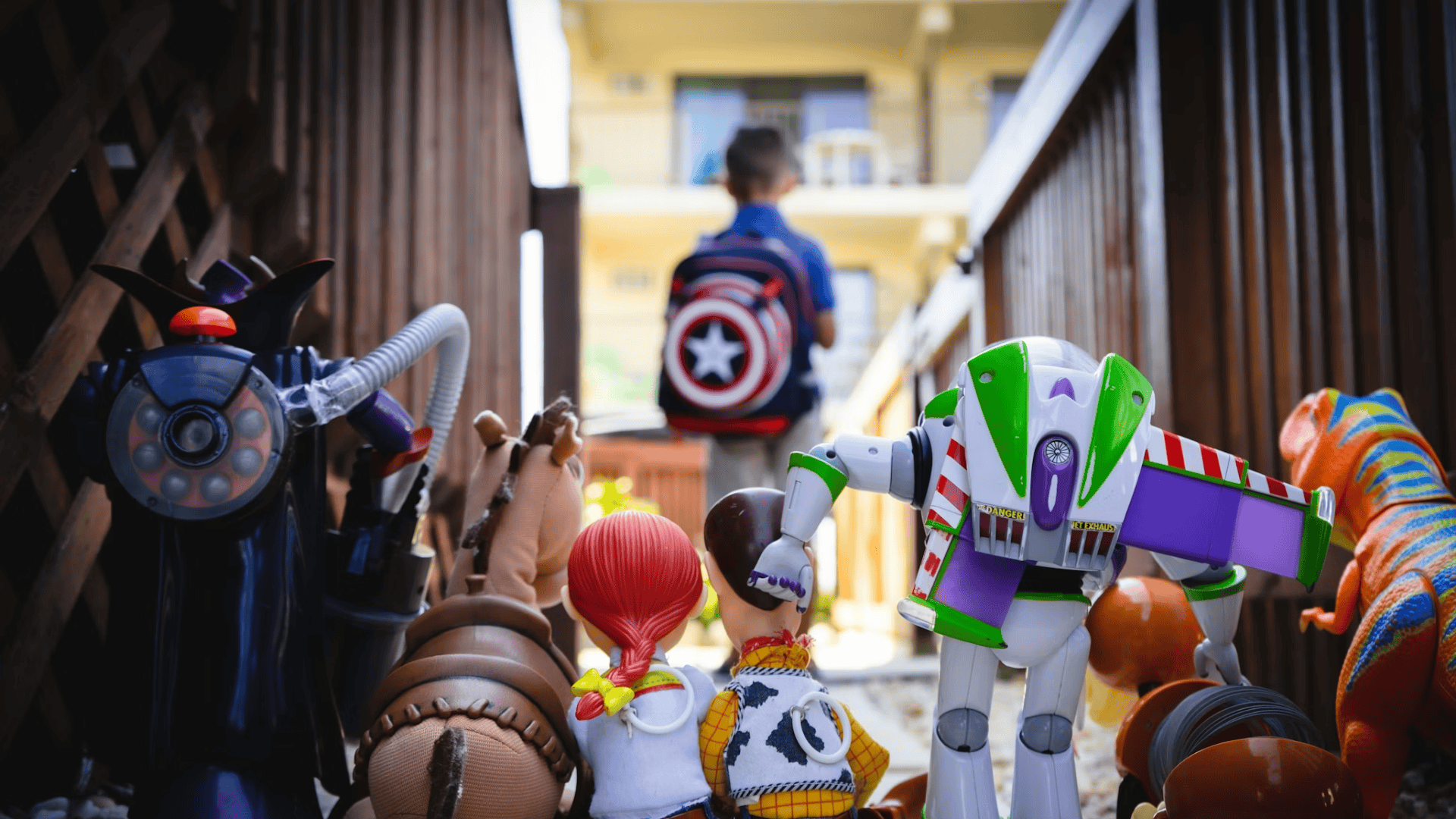Teaching Kids How to Let Go of Old Toys

For families across the DFW area, few things accumulate faster than children’s toys. From unused art supplies to outgrown action figures and mountains of birthday gifts, the toy clutter can quickly become overwhelming. Parents know that a child with too many toys often feels less focused and plays less creatively.
Teaching children how to declutter their belongings is not just about keeping the house tidy; it is a vital life skill that helps them understand value, generosity, and decision-making. This process requires strategy, patience, and most importantly, a clear path for disposal. For those living in a specific community facing this accumulation challenge, finding local help to manage the large resulting pile is essential. Securing a reliable provider like junk removal McKinney streamlines the entire process, turning a tough chore into a manageable family project.
The Value of Less: Why Fewer Toys is Better
Parents often feel pressure to provide abundant toys, but overwhelming volume can actually hinder a child’s development and peace of mind. Reducing the toy inventory brings several key benefits to the busy DFW household:
- Calmer Play: When fewer choices are available, children are more likely to engage in deeper, more focused, and sustained play.
- Easier Cleanup: A toy room with half the items takes half the time to clean. This reduction turns cleanup from a major chore into a quick, cooperative task, saving parents energy and reducing arguments.
- Increased Appreciation: When toys are fewer and stored neatly, children value them more. They stop taking them for granted and learn to care for them.
The first step in teaching kids this value is guiding them through the actual process of letting go of items they no longer need.
Simple Strategies for Toy Decluttering
Involving children in the sorting process teaches ownership and avoids power struggles. Here are two effective, kid-friendly methods:
1. The Time-Test Rule
Set aside all toys the child has not played with for the past three to six months. Place them in a designated holding box in a closet. If the child does not ask for or notice the toys in the box over the next month, they are ready to be donated or disposed of without emotional resistance. This works well for items they may have entirely forgotten about.
2. The Three-Box System
Introduce three clearly labeled bins and walk through the toy room with your child, encouraging them to place each item into one of these categories:
- Keep: Toys they play with often and love. These go back neatly.
- Give Away: Toys in good condition that another child would love.
- Toss/Junk: Broken toys, incomplete sets, or items that cannot be donated.
The key is to focus on the future benefit, making space for something new or giving a toy a new life with another child.
The Final Step: Handling the Exit Strategy
Once the Give Away and Toss/Junk piles are complete, parents face the final, logistical hurdle of disposal. While donations can be dropped off at local McKinney charities, the Toss/Junk pile often includes large, broken items like play kitchens, damaged plastic slides, old trampolines, or piles of broken building blocks. These items are too large for regular household trash.
Attempting to haul this debris to a transfer station yourself adds major stress to a process that should be rewarding. This is why relying on professional junk removal services is an ideal solution for parents.
A full-service hauling company can come directly to your home and take away all the non-donatable items in one trip. This includes large, awkward, or multiple pieces that would otherwise sit in your garage for weeks. The convenience ensures that the moment the child says goodbye to the item, it is gone for good, completing the cycle and cementing the lesson of organization.
Making Decluttering a Habit
To ensure your newly organized home stays that way, make small toy cleanouts a seasonal event, rather than a massive annual crisis. Before birthdays or major holidays, run through the three-box system to make space for new gifts. This teaches children that having less creates a clearer, happier space, making the effort of letting go a valuable, positive ritual for life in and around DFW.
The organized, calm home is a direct reflection of the items you choose to keep. By teaching your children to clear out the excess, you are giving them the gift of a focused mind and a functional space.






